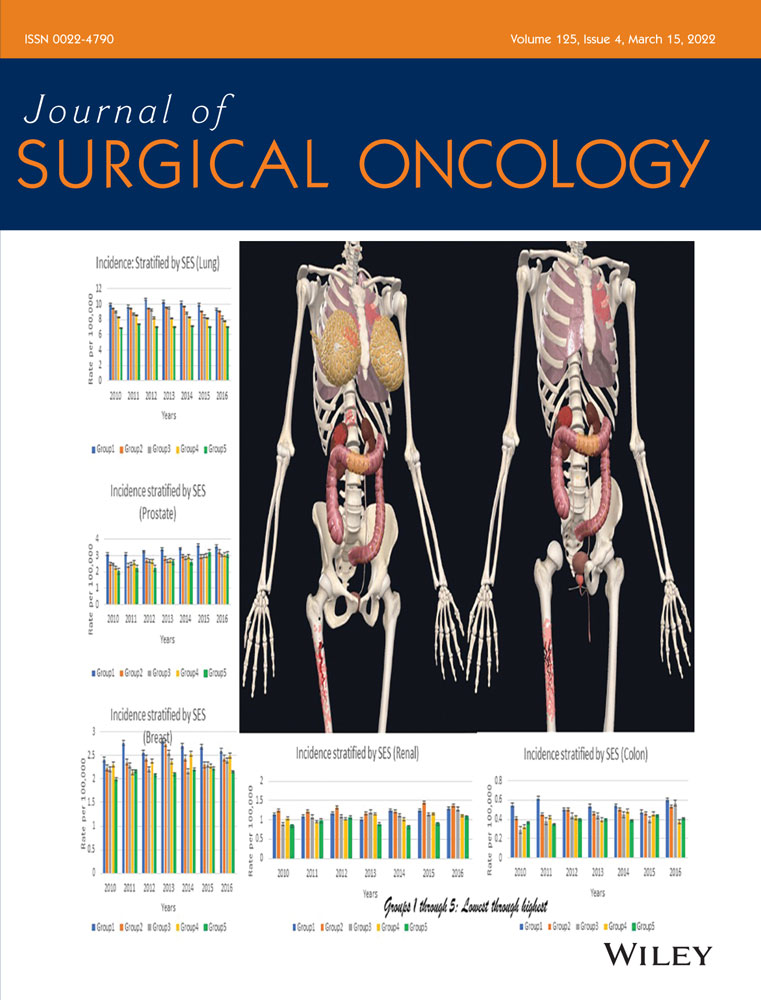Lapses in breast cancer screening for highly penetrant mutation carriers during pregnancy and lactation
These findings were presented virtually at the eighth International Symposium on Hereditary Breast and Ovarian Cancer (BRCA 2021) in May 2021.
Abstract
Background and Objectives
Screening for breast cancer in highly penetrant mutation carriers during pregnancy and lactation is challenging and consensus guidelines are lacking. This study evaluates the lapse in screening and the interval pregnancy-associated breast cancer rate.
Methods
A single-institution retrospective cohort study of pregnant and lactating patients with known pathogenic germline mutations was performed. Lapse in screening was defined as the interval between the last screening imaging exam obtained before last menstrual period and the subsequent screening imaging.
Results
Out of 685 patients, 42 had 1–3 evaluable pregnancies (54 total – 28 managed in High Risk Breast Clinic and 26 by OB/GYN). Mutations were observed in patients in BRCA1 (49%), BRCA2 (36%), CDH1 (5%), CHEK2 (2%), ATM (2%), NF1 (3%), and MSH2 (3%). The average screening lapse was 25 [19, 30] months for patients followed in the High Risk Clinic versus 32.5 [21, 65.75] months for patients followed with Routine Care (p = 0.035). We identified three cases of pregnancy-associated breast cancer (interval cancer rate 6%).
Conclusions
Patients with highly penetrant mutations are at risk for the development of interval pregnancy-associated breast cancer. Development of consistent screening guidelines and adherence to those guidelines is needed for this patient population.
Open Research
DATA AVAILABILITY STATEMENT
The data that support the findings of this study are available from the corresponding author upon reasonable request.




